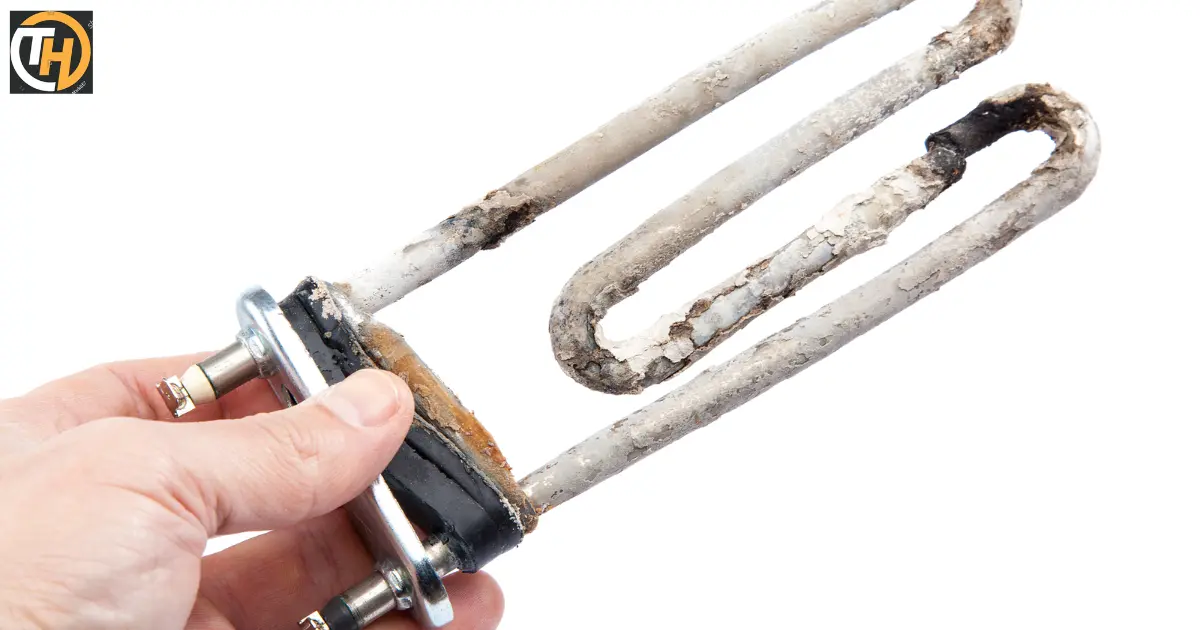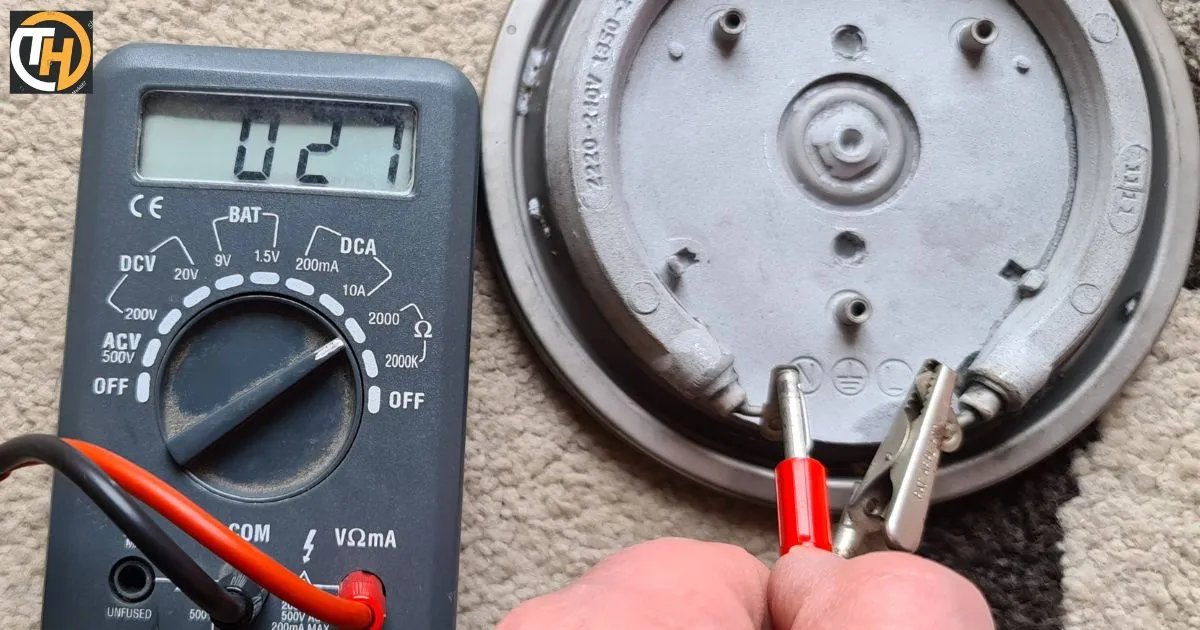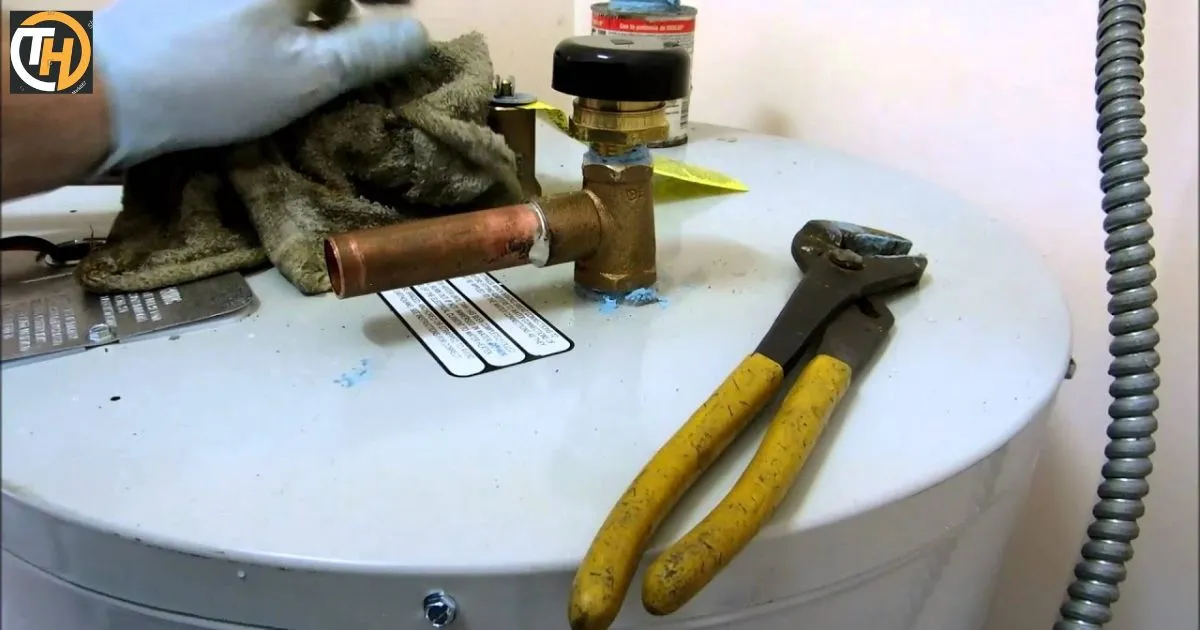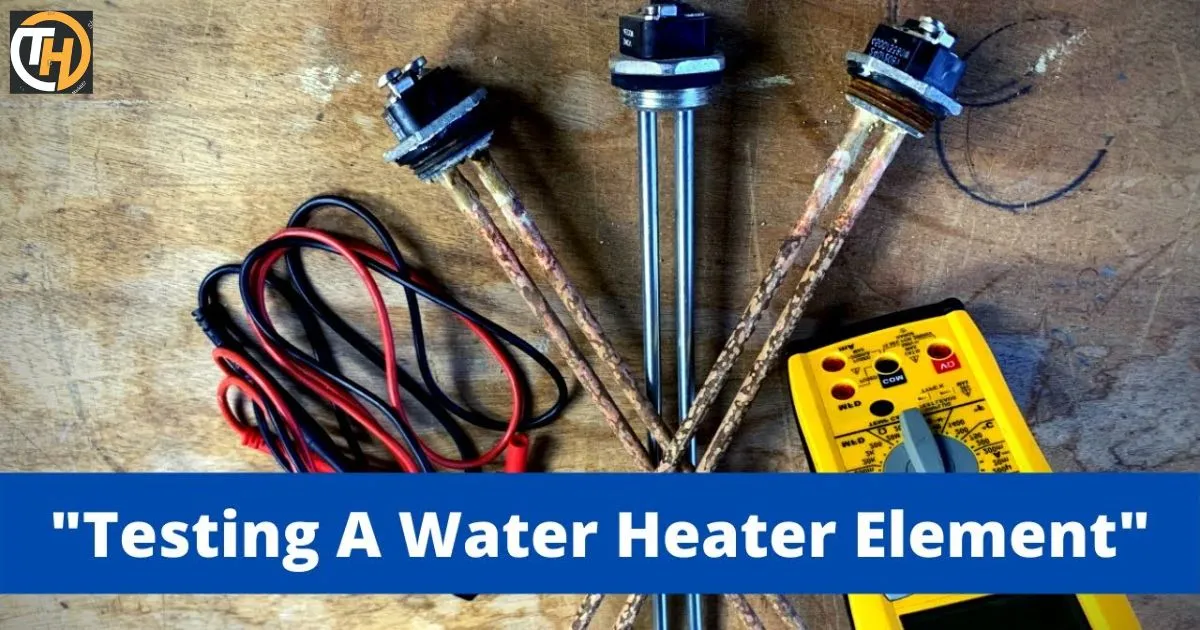How to test a water heater element is a crucial part of troubleshooting and maintaining your water heating system. When your water heater isn’t delivering hot water as expected, it’s often due to a malfunctioning heating element. This guide will help you understand the signs of a bad water heater element, the symptoms of both upper and lower heating element issues, and the step-by-step process for testing and replacing the faulty element.
With the right tools and knowledge, you can ensure your water heater operates efficiently, providing you with a consistent supply of hot water. Testing your water heater element is an essential maintenance task to ensure your water heating system functions optimally.
This comprehensive guide will walk you through the process of testing your water heater element to identify and address any issues effectively. With the right tools and knowledge, you can maintain a reliable and efficient hot water supply.
Understanding the Importance of Testing
vital components plays a crucial role in ensuring a consistent supply of hot water in your home. To grasp the importance of testing, consider the following key points:
Optimal Heating Efficiency: A properly functioning heating element is essential for efficient water heating. Regular testing helps maintain the element’s efficiency, ensuring your water heats up as quickly and effectively as possible.
Energy Efficiency: Malfunctioning elements can lead to increased energy consumption, as the water heater works harder to compensate. By testing and addressing issues promptly, you can reduce energy costs and minimize your environmental impact.
Cost Savings: Identifying and addressing element problems early can prevent costly breakdowns and extend the lifespan of your water heater. Replacing a faulty element is often more economical than replacing the entire unit.
Consistent Hot Water Supply: A malfunctioning element can result in inconsistent hot water delivery. Regular testing ensures a reliable and consistent supply of hot water, especially during peak usage times.
Preventing Unexpected Failures: Water heaters are essential appliances in most households. Unexpected failures can disrupt your daily routines. Periodic testing helps prevent such inconveniences by identifying and addressing issues before they escalate.
Safety First: Faulty heating elements can pose safety hazards. Overheating, scalding, or electrical malfunctions can lead to dangerous situations. Regular testing helps maintain a safe water heating system.
Prolonging the Heater’s Life: Well-maintained elements can extend the lifespan of your water heater. By testing and addressing any problems promptly, you can enjoy hot water for an extended period without the need for frequent replacements.
In summary, regularly testing your water heater element is a proactive measure that ensures efficient water heating, cost savings, safety, and a prolonged appliance lifespan.
Signs of a Faulty Water Heater Element
Identifying the symptoms of a faulty water heater element is the first step in determining if testing is necessary. Recognizing these signs allows you to take action before a minor issue escalates into a significant problem. Here, we’ll explore the common symptoms that may indicate a problematic water heater element.
Common Symptoms of a Bad Water Heater Element:

Inadequate Hot Water: If you’re experiencing reduced hot water availability, it could be a sign of a failing heating element. This symptom is often noticed when you’re unable to enjoy a full, hot shower, or you run out of hot water more quickly than usual.
Unusually Long Heating Times: When a water heater element is faulty, it may take an extended period to heat the water to the desired temperature. This situation not only tests your patience but also results in increased energy consumption.
Lukewarm Water: If the water temperature is consistently lukewarm instead of hot, it might indicate a problem with the heating element. Lukewarm water can disrupt your daily activities and, particularly in colder climates, can be quite uncomfortable.
Complete Loss of Hot Water: In severe cases, a failed element can lead to a complete loss of hot water in your home. This is a clear indication that the element is no longer functioning and requires immediate attention.
By recognizing these signs early, you can address heating element issues promptly, avoiding prolonged inconveniences and excessive energy consumption.
Common Symptoms of a Bad Water Heater Element
Inadequate Hot Water: If you’re experiencing reduced hot water availability, it could be a sign of a failing heating element. This symptom is often noticed when you’re unable to enjoy a full, hot shower, or you run out of hot water more quickly than usual.
Unusually Long Heating Times: When a water heater element is faulty, it may take an extended period to heat the water to the desired temperature. This situation not only tests your patience but also results in increased energy consumption.
Lukewarm Water: If the water temperature is consistently lukewarm instead of hot, it might indicate a problem with the heating element. Lukewarm water can disrupt your daily activities and, particularly in colder climates, can be quite uncomfortable.
Complete Loss of Hot Water: In severe cases, a failed element can lead to a complete loss of hot water in your home. This is a clear indication that the element is no longer functioning and requires immediate attention.
By recognizing these signs early, you can address heating element issues promptly, avoiding prolonged inconveniences and excessive energy consumption.
Step-by-Step Guide to Testing the Water Heater Element
Follow this detailed step-by-step guide to effectively test your water heater element.
Safety Precautions
Safety should always be a top priority when working with electrical components. Begin by turning off the power supply to your water heater to avoid any electrical hazards. Before proceeding with any testing, follow these crucial safety steps:
Switch Off the Power Supply: Locate the circuit breaker or disconnect the switch dedicated to your water heater. Turn it off to cut the power supply. If you’re unsure which circuit breaker controls the heater, it’s advisable to shut off the main power supply to your home.
Use Caution with Electricity: Always exercise extreme caution when dealing with electrical components. Wear appropriate safety gear, including insulated gloves and safety goggles, to protect yourself from potential hazards.
Keep Work Area Dry: Ensure that the area around the water heater remains dry throughout the testing process. Water and electricity are a dangerous combination, so maintaining a dry environment is essential for safety.
Access the Water Heater Element
Locate and access the water heater element, which is usually found behind metal covers on the side of the tank. Follow these steps to access the element safely:
Identify the Element Covers: The heating element is typically concealed behind metal covers on the side of the water heater tank. These covers protect the element from external elements and provide insulation.
Use the Right Tools: You may need a screwdriver or a socket wrench to remove the covers. Ensure you have the necessary tools on hand before proceeding.
Verify the Electricity Is Off
Double-check that there is no electricity flowing to the heating element using a voltage detector. This step is crucial for ensuring your safety while working on the water heater. Follow these instructions:
Select a Voltage Detector: Use a reliable voltage detector to verify that there is no electrical voltage present at the heating element.
Test the Voltage: Place the voltage detector’s probes on the wiring or terminals connected to the element. The detector should display no voltage, confirming that the power is indeed turned off.
Remove the Covers
Remove the metal covers and any insulating materials to gain access to the heating element. This step allows you to expose the element for further testing. Follow these guidelines:
Carefully Remove the Covers: Using the appropriate tools, gently remove the metal covers that shield the heating element. Set the covers aside in a safe place, as you will need them for reassembly.
Take Note of Insulation: Some water heaters have insulating materials around the element. Keep track of these materials to ensure proper reinstallation later.
Use a Multimeter

To test the element, you’ll need a multimeter set to the ohms setting. Use the multimeter’s probes to check the resistance of the heating element. Follow these steps:
Set the Multimeter: Adjust the multimeter to the ohms setting. This setting allows you to measure electrical resistance.
Probe Placement: Place the multimeter probes on the terminals of the heating element. One probe goes on each terminal.
Analyze the Readings
A properly functioning element should show a specific resistance value, while a faulty element will display infinite resistance. Use the multimeter readings to assess the condition of the heating element:
Normal Resistance: A functioning heating element will display a specific resistance value, which varies based on the manufacturer’s specifications. This reading indicates that the element is working correctly.
Infinite Resistance: If the multimeter shows infinite resistance (no reading), it indicates a faulty heating element. This means that the element is not conducting electricity and needs replacement.
Reassemble the Water Heater

After testing the element, reassemble the water heater by replacing the covers and insulating materials. Ensure everything is securely in place. Follow these final steps:
Secure the Covers: Carefully reattach the metal covers to the water heater using the appropriate tools. Make sure they are firmly in place to protect the heating element.
Insulation Replacement: If your water heater has insulation around the element, reposition it properly to maintain energy efficiency.
By following these expanded steps, you can safely and effectively test your water heater element without a multimeter for any issues and ensure its proper functioning.
Here’s a summary table that encapsulates the main points of the article:
| Key Points | Description |
| Introduction | Understanding the importance of regularly testing your water heater element. |
| Signs of a Faulty Element | Identifying symptoms of a faulty water heater element for timely intervention. |
| Safety Precautions | Turning off the power supply, a critical step before commencing the testing process. |
| Accessing the Element | Locating and accessing the water heater element hidden behind metal covers. |
| Electricity Verification | Ensuring no electricity flows to the heating element by using a voltage detector. |
| Removing Covers | Removing metal covers and insulating materials to gain access to the heating element. |
| Using a Multimeter | Using a multimeter set to ohms to measure the resistance of the heating element. |
| Analyzing Readings | Differentiating between a functioning element displaying specific resistance and a faulty one showing infinite resistance. |
| Reassembling the Heater | Turning off the power supply is a critical step before commencing the testing process. |
| Importance of Testing | Understanding why periodic water heater element testing is vital for efficiency and safety. |
| Conclusion | Emphasizing the proactive maintenance aspect of testing for a reliable hot water supply. |
FAQs
Q: How do I know if my water heater element is bad?
A: A bad water heater element may cause insufficient hot water or no hot water at all.
Q: How do I test my water heater element?
A: Use a multimeter to test the continuity of the element. If it’s no longer conducting electricity, it’s likely bad.
Q: How do I know which element to replace on my water heater?
A: Identify the faulty element by testing each one separately.
Replace the one that shows no continuity.
Q: Can you check the water heater element without draining?
A: Yes, you can check the element’s continuity without draining the tank.
Q: How long do water heater elements last?
A: Water heater elements typically last around 5-10 years, depending on usage and water quality.
Conclusion
Regularly testing your water heater element is a simple yet crucial maintenance task. It allows you to identify and address any heating element issues, ensuring your water heater operates efficiently and provides a consistent supply of hot water. Testing your water heater element is a proactive maintenance step that can lead to a reliable hot water supply, cost savings, and an extended appliance lifespan.
By recognizing the signs of a faulty element and following the testing process, you can ensure your water heater operates at its best.











